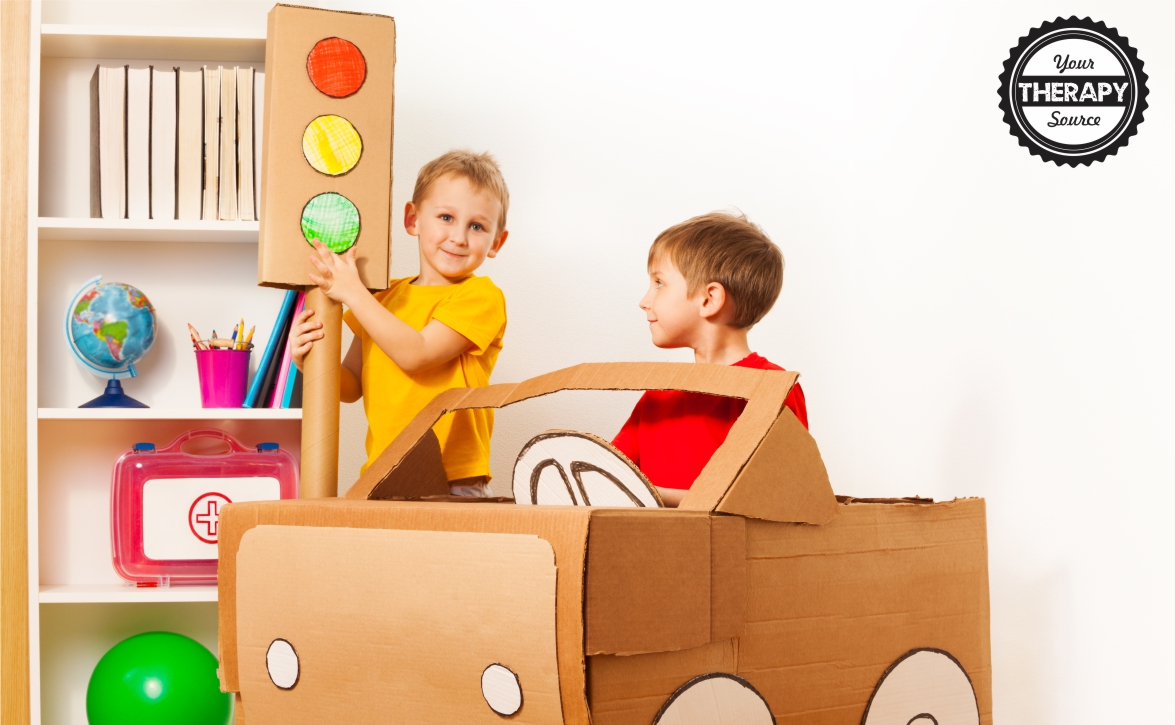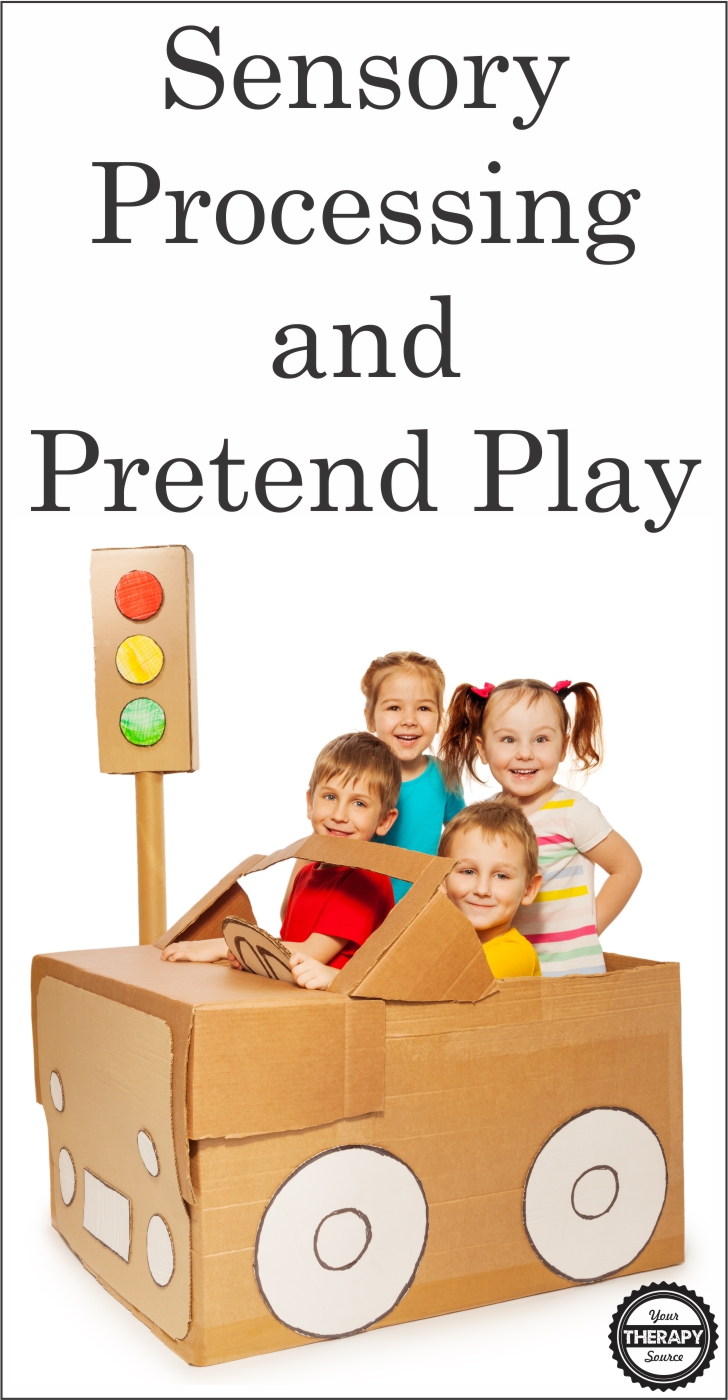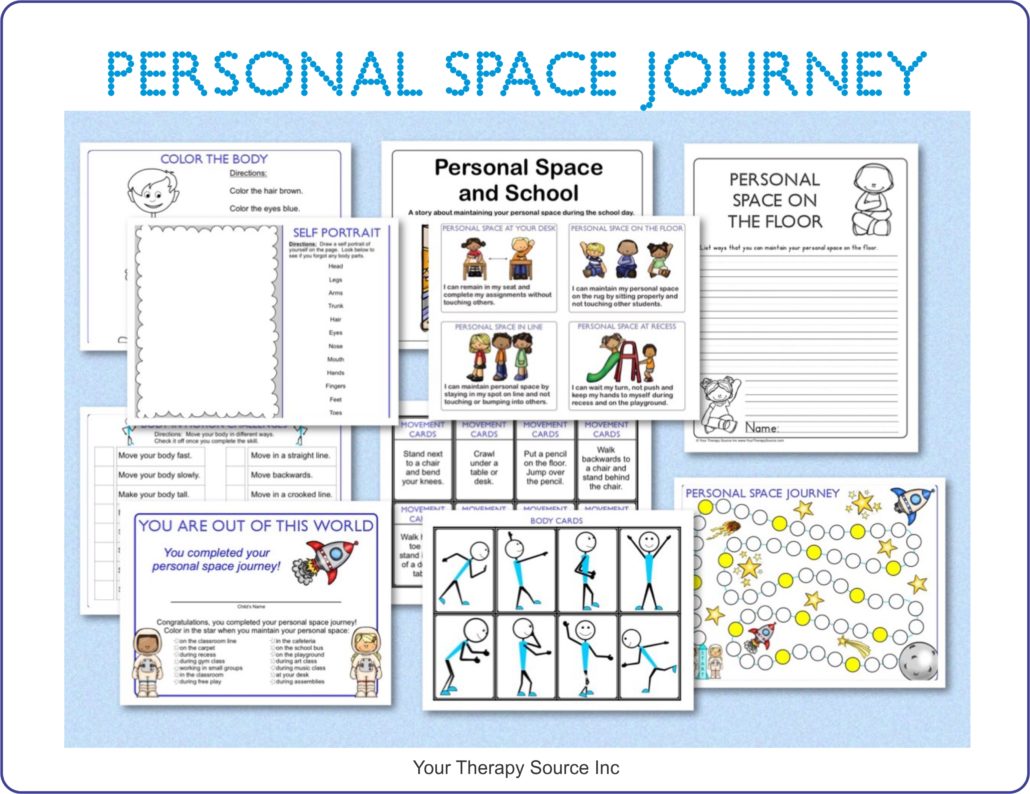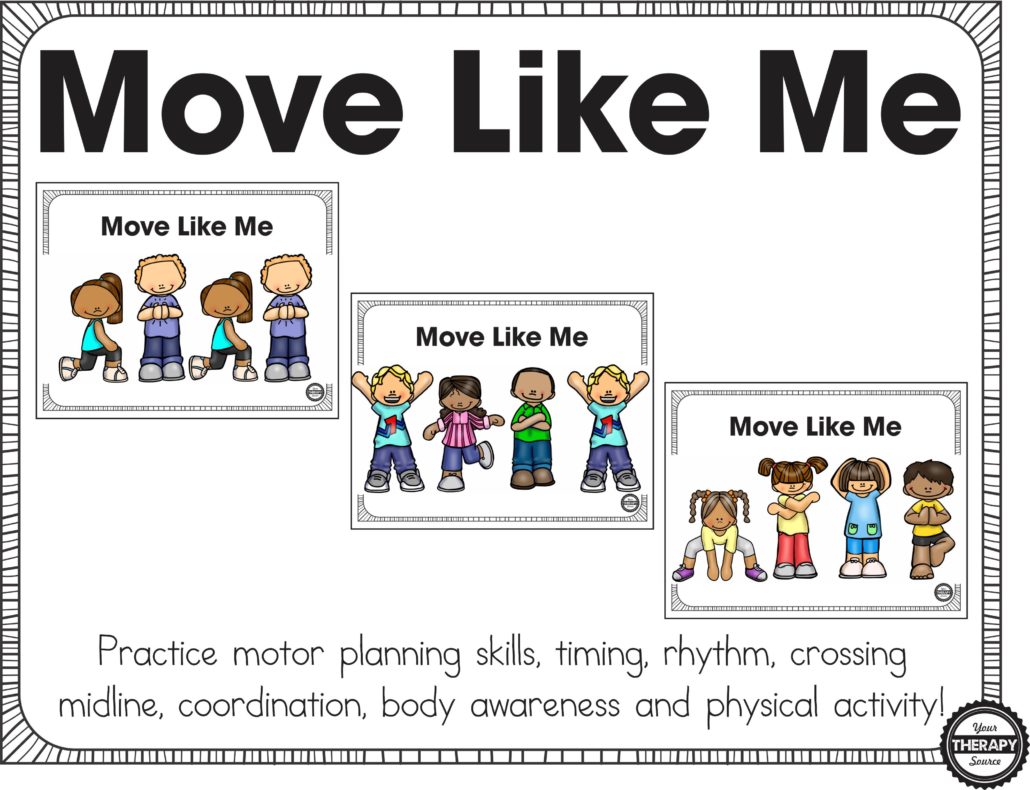Sensory Processing and Pretend Play
 Sensory Processing and Pretend Play
Sensory Processing and Pretend Play
The American Journal of Occupational Therapy published research on sensory processing and pretend play in 42 typically developing children ages 5-7 years old. Each child was assessed with the Child Initiated Pretend Play Assessment and the Home and Main Classroom forms of the Sensory Processing Measure (SPM).
The results of the assessment regarding the relationship between sensory processing and pretend play indicated the following:
- significant relationships between elaborate pretend play and body awareness, balance, and touch.
- object substitution was associated with social participation.
The researchers concluded that body awareness, balance, touch, and social participation were predictive of the quality of children’s engagement in pretend play in the home environment.
Reference: Roberts, T., Stagnitti, K., Brown, T., & Bhopti, A. (2018). Relationship between sensory processing and pretend play in typically developing children. American Journal of Occupational Therapy, 72(1), 7201195050p1-7201195050p8.
Read 6 Ways to Adapt Pretend Play: Pediatric therapists can help to provide consultation services to adapt toys and activities in the home, preschools and early elementary schools.
Read Why Children NEED Pretend Play
Read about Pretend Play and Executive Function
Looking for activity ideas to encourage pretend play? Check out these resources from GrowingPlay.com.
Looking for body awareness activities? Check out these titles:





